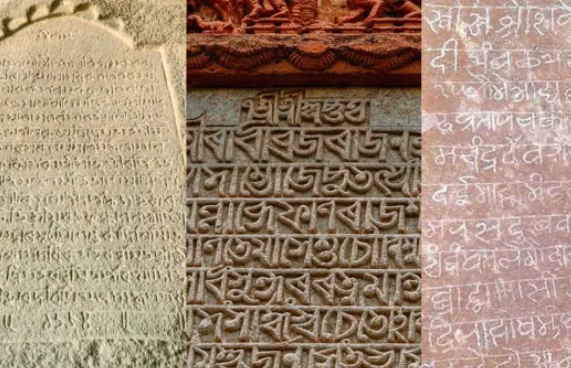Union Cabinet Grants Classical Language Status to Five Languages
The Union Cabinet of India, led by Prime Minister Narendra Modi, has approved the recognition of five new classical languages: Assamese, Bengali, Marathi, Pali, and Prakrit. This decision highlights the government’s dedication to supporting regional languages and honoring India’s diverse linguistic traditions.
Background of Classical Language Status
The concept of classical languages was introduced on October 12, 2004, when Tamil became the first language to receive this prestigious status. Since then, other languages such as Sanskrit, Telugu, Kannada, Malayalam, and Odia have also been granted classical status.
Significance of the New Additions
Prime Minister Modi spoke about the beauty and cultural importance of these newly recognized languages. He mentioned that Pali and Prakrit, in particular, are important to India’s spiritual and philosophical traditions, with a rich literary history. By adding these languages, the government is celebrating the diversity and cultural wealth of the country.
Cultural Heritage Preservation
The government also emphasized that classical languages are essential for preserving India’s cultural heritage. These languages showcase the historical achievements and cultural contributions of different communities, helping future generations better understand India’s past.
Political Response and Support
The decision has been widely praised by various political leaders. West Bengal Chief Minister Mamata Banerjee, Maharashtra Chief Minister Eknath Shinde, Assam Chief Minister Himanta Biswa Sarma, and Union Minister Dharmendra Pradhan all expressed their gratitude to Prime Minister Modi for recognizing the significance of these languages. They mentioned how this recognition brings a sense of pride and happiness to the people in their states and communities.
Implications for Future Language Policy
This move is likely to encourage further support for regional languages in India, promoting a more inclusive approach to the country’s rich linguistic diversity. It is also expected to help preserve India’s cultural identity for future generations.
Month: Current Affairs - October, 2024
Category: Legal & Constitution Current Affairs






